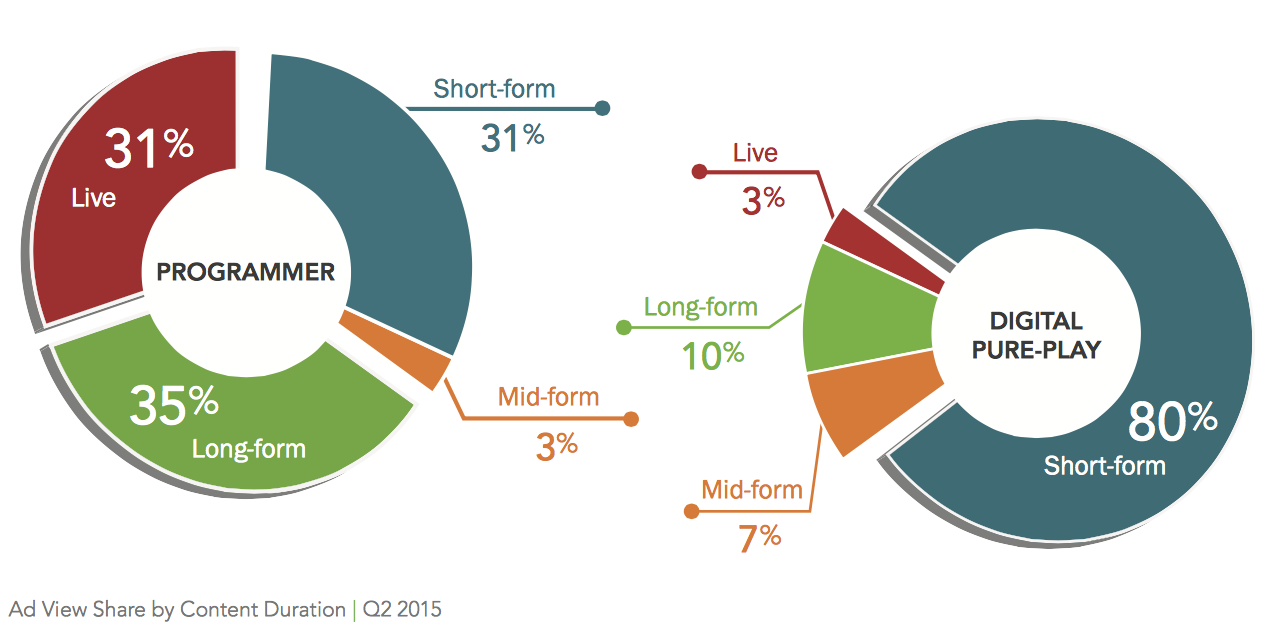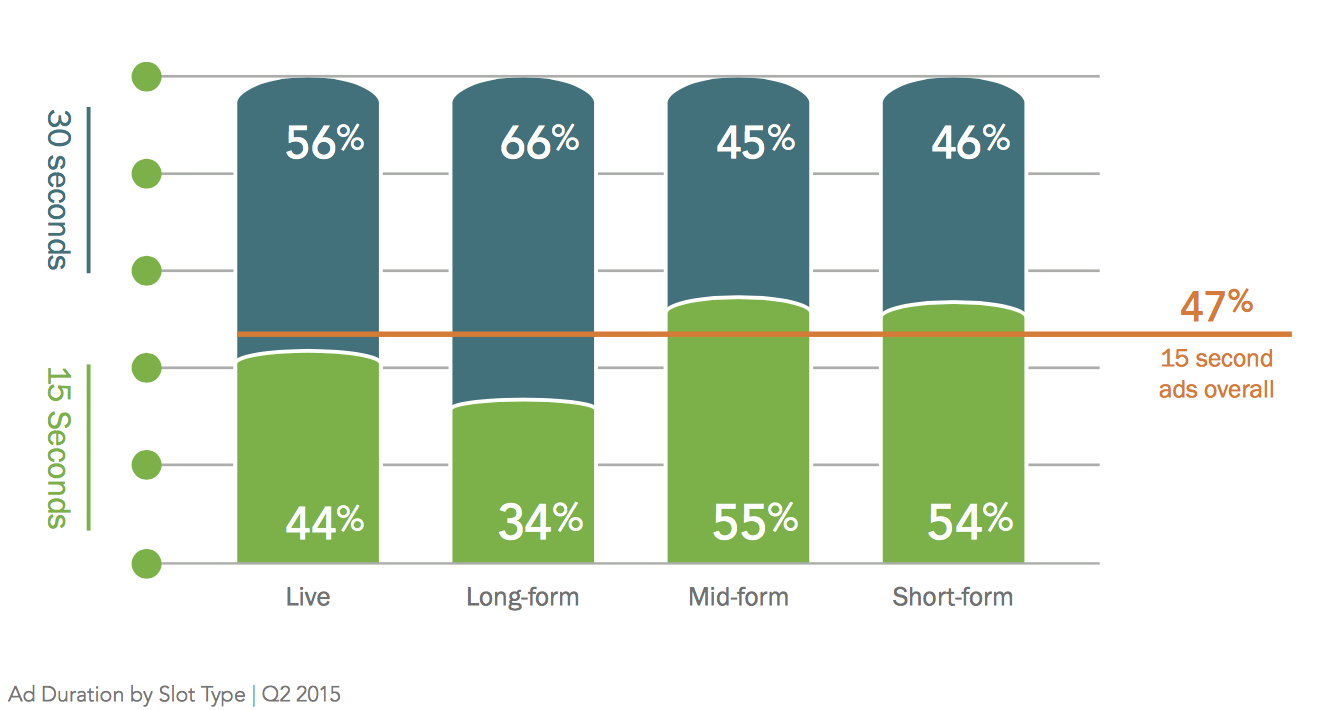The popularity of streaming video is as strong as ever, whether users prefer something that runs in a span of minutes, or watching their favorite show on a “binge” basis for hours on end. It’s also picking up quite a bit with millennials, especially on Tumblr, where autoplay looping videos have picked up in popularity.
Max Sebela, Tumblr’s creative strategy manager, recently spoke with eMarketer about the effectiveness of this video, and how millennials are staying engaged.
“We’re seeing two different sides,” said Sebela, when it came to audience. “On one side, Tumblr is a curation tool for discovering the best of the best in user-generated digital video. On the other side, as we’ve relaunched and began thinking about the way users can make video on Tumblr, we are increasingly seeing users make original content with our player, which creates videos that loop.
“We’re also seeing people take advantage of silent autoplay. The video might be designed to be consumed with sound eventually, but the first experience with it is likely going to be silent, so that requires drawing people in with a silent animation that’s going to make them want to go deeper, hit that unmute button and watch.”
Sebela also broke down what key behaviors advertisers should watch for when it comes to millennials’ video habits. “One of the most interesting habits that hasn’t fully been cracked yet is what it means to be silent, first and foremost. All of a sudden, the initial experience of viewing a video is more like seeing a GIF or a silent loop.
“As always, you want to design video consistent with where it’s going to be seen. Instead of someone actually clicking ‘play’ and opting in to watch, you’re talking about a big vertical feed that has all kinds of content — standing out in that native experience is 100 percent key. How do you do that You burst out of that feed with something different that stops a user in their scroll. This is definitely a challenge, but it’s also a real opportunity,” he explained.
Sebela also broke down how video is broadening for millennials as a whole. ” We’re moving away from the concept of video being important and instead thinking more about how much time there is to be entertained by content. Consumers have a certain amount of time over the course of their day to experience leisure, and all digital video — still content and animated content —competes for millennials’ time.
“Millennials are not thinking about medium or format — they’re thinking about where they want to spend time discovering things, being entertained and ultimately seeing video.”
But what about effective advertising formats on the site ” [It’s a new] era of video being either very short-form, meaning less than 15 seconds, or much longer. We see really rich engagement with video posts that are designed to be looped. These are being shared in the same way as GIFs, which are familiar to both advertisers and consumers.”
Sebela continued, “We’ve also seen a lot of success with pieces of long-form content. These are less likely to be shared, but they receive a lot of “likes” and a lot of positive affirmation. If you’re designing to be shared, short form is amazing. If you’re looking to get a story out that is going to resonate with a user and send a complete message from your brand, long form is the way to go.”
The full interview can be found here.
On a related note, Freewheel just released its full Video Monetization Report for the second quarter for 2015, and it can be found here. It’s a lengthy read, but here are a couple of highlights worth noting from the report.

As you can see from the chart, long-form, short-form and live streaming video all have strengths on the programmer front, running just about even (long-form has a slight advantage at 35 percent). When it comes to digital pure-play, however, short form video has the strong advantage with 80 percent, followed by long-form, mid-form and live.

This second chart shows how popular live, long form, short form and mid form videos are in terms of length, and live has a much bigger strength with 30 seconds, while long-form has an even greater percentage. Mid form and short form, however, show a preference in the 15 second mark.

